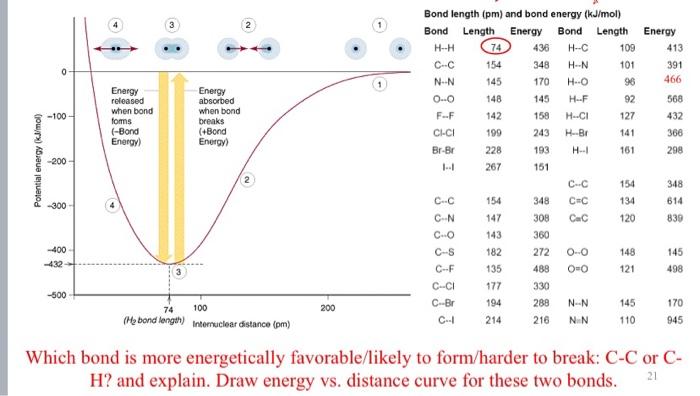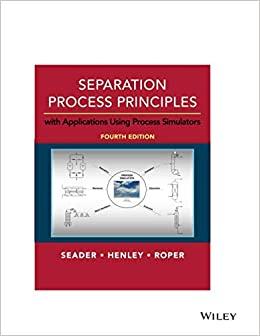Answered step by step
Verified Expert Solution
Question
1 Approved Answer
N Energy 413 109 391 466 Energy released when bond forms (-Bond Energy) -100- Bond length (pm) and bond energy (kJ/mol) Bond Length Energy Bond

Step by Step Solution
There are 3 Steps involved in it
Step: 1

Get Instant Access to Expert-Tailored Solutions
See step-by-step solutions with expert insights and AI powered tools for academic success
Step: 2

Step: 3

Ace Your Homework with AI
Get the answers you need in no time with our AI-driven, step-by-step assistance
Get Started


